How Our Sardine Canning Line Boosts Your Output by 15% and Slashes Costs
Introduction: The Sardine Canning Industry Faces a Critical Efficiency Crossroads
Global demand for shelf-stable, ready-to-eat seafood has been steadily rising. Sardine cans, known for their convenience, long shelf life, and rich nutritional value, are once again capturing market attention. But for many sardine canneries—especially those in emerging markets—rising demand is now met with a frustrating bottleneck: outdated production lines, soaring labor costs, and inconsistent product quality.
In many facilities, sardine processing is still labor-intensive, slow, and difficult to scale. Delivering large orders on time, maintaining quality standards, and keeping costs down can feel like an impossible balancing act.
This is where next-generation automation steps in—not just as an upgrade, but as a strategic breakthrough. With our fully automated sardine canning line, producers can now double output, reduce labor reliance, cut energy costs, and unlock new markets.
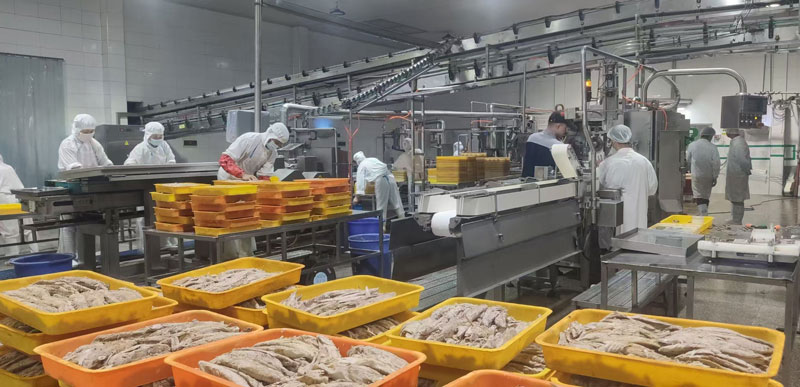
The Challenge: Why Traditional Sardine Canning Is Holding You Back
Despite following a relatively fixed workflow—sorting, gutting, cutting, canning, sealing, sterilizing—traditional sardine production is riddled with inefficiencies that drain both time and profit. Let's break down the key pain points:
1. High Labor Dependency, Low Process Control
Manual sorting, cleaning, and can-filling make your output vulnerable to human error, fatigue, and turnover. Production speeds fluctuate based on skill levels and shift performance, making it nearly impossible to achieve consistent throughput and quality at scale.
2. Skyrocketing Energy Bills
Legacy machinery consumes excessive amounts of steam, electricity, and water—especially during sterilization. Lacking real-time energy management or heat recovery systems, energy usage is often wasteful and unsustainable.
3. Material Loss and Inconsistent Product Weight
Manual cutting and filling often lead to damaged fish, variable portion sizes, and overfilling. The result? Wasted raw material, regulatory issues, and reduced consumer confidence in product quality.
4. Limited Output Capacity
Without automation, production volume hits a ceiling. Scaling up means hiring more people—not optimizing the line. During peak fishing seasons or large contract orders, traditional plants simply can't keep up.
5. Inflexibility with Product Formats
Retailers today demand multiple formats: different can sizes, cuts, sauces, and packaging. Conventional machinery struggles to adapt quickly, limiting your ability to diversify or enter premium markets.
Our Solution: A Fully Automated Sardine Canning Line, Engineered for Maximum ROI
Designed specifically for sardine processors facing modern production challenges, our fully automated canning line replaces fragmented, manual tasks with an integrated, intelligent system. It transforms your operation from reactive and labor-intensive to predictable, scalable, and cost-efficient.
✅ What the Line Includes:
Automatic Feeding & Infeed Systems: Load whole fish directly from containers or bulk storage with zero manual handling.
Vision-Based Grading & Sorting: AI-powered cameras assess fish size and quality in real time for consistent output.
High-Speed Gutting & Cleaning Modules: Reduce labor needs by 90% while improving sanitation.
Precision Cutting Machines: Auto-adjusted for fish length and can size, reducing overfill and product loss.
Automated Can Filling & Seaming: Speeds up to 250 cans per minute, with vacuum sealing to preserve freshness.
Continuous Retort Sterilizers: Fully automated time-temperature-pressure control for consistent food safety.
End-of-Line Automation: Includes drying, labeling, coding, and case packing—ready for palletizing.
✅ Key Technology Benefits:
Centralized PLC control system with HMI interface
Full data logging, traceability, and real-time fault detection
Quick-change modules for multi-product, multi-size operations
Stainless steel design compliant with EU and FDA hygiene standards
Smart energy recovery systems for thermal efficiency
Data-Backed Results: What You Can Expect in Performance Gains
Here’s what our clients typically achieve after switching from semi-manual to our fully automated solution:
| Metric | Traditional Line | Automated Line | Improvement |
|---|---|---|---|
| Daily Output (2 shifts) | 120,000 cans | 240,000 cans | +100% |
| Labor Cost per Can | $0.048 | $0.014 | –71% |
| Daily Energy Cost | $850 | $480 | –43% |
| Average Yield (Good Cans) | 89.7% | 97.4% | +8% |
| Raw Material Waste | 9.2% | 2.6% | –72% |
| Monthly Downtime | 8 hours | <2 hours | –75% |
By upgrading to our system, factories can save over $3 million annually, shorten delivery times, and dramatically improve product quality consistency. Most clients report full ROI within 8–12 months.
Case Study: How a Tanzanian Cannery Broke Into the European Market
A midsize sardine processor near the Port of Dar es Salaam faced production bottlenecks and labor shortages, limiting their daily output to 100,000 cans. European buyers were showing interest—but quality and volume weren’t up to par.
After implementing our automated line, their operation was transformed:
Output jumped to 220,000 cans/day within 90 days
Labor reduced from 150 to 45 employees
Product complaints dropped by 85%
They passed IFS & HACCP audits and secured long-term contracts with EU retailers
Break-even was achieved in under 9 months
By month 12, they expanded into new markets with mackerel and anchovy SKUs using the same modular line.
Final Thoughts: Automation Is No Longer a Luxury—It’s a Competitive Edge
The global sardine canning industry is ripe for transformation. Rising labor costs, stricter hygiene standards, and increasing buyer demands are pushing traditional operations to the brink. Those who cling to manual methods risk being priced out of their own markets.
But the opportunity is clear: by embracing intelligent automation, you’re not just upgrading equipment—you’re securing operational freedom, market agility, and long-term profitability.
Must-Read Blogs For Chain Restaurants Owner

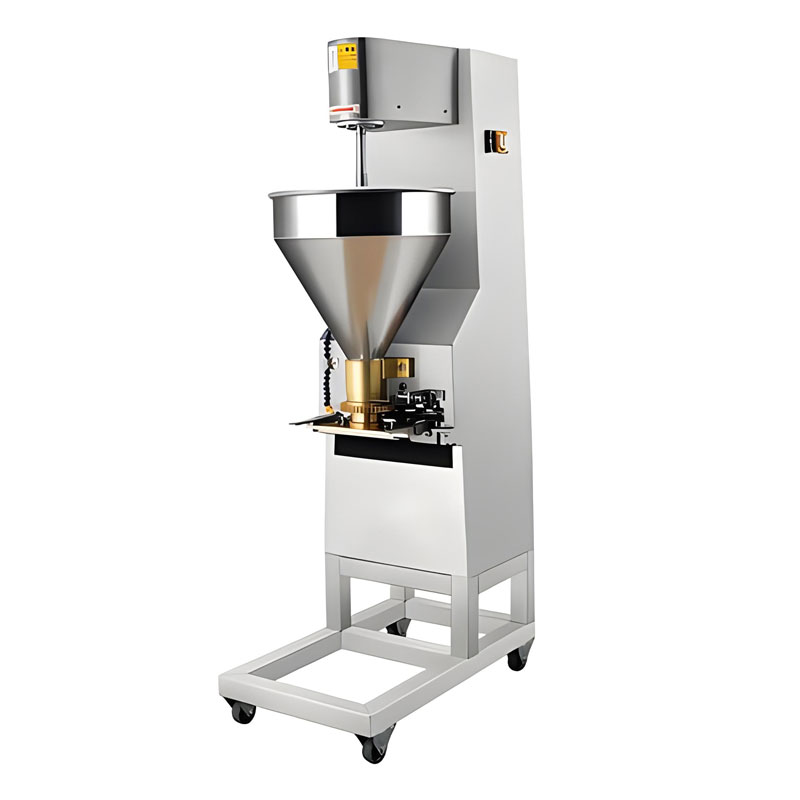
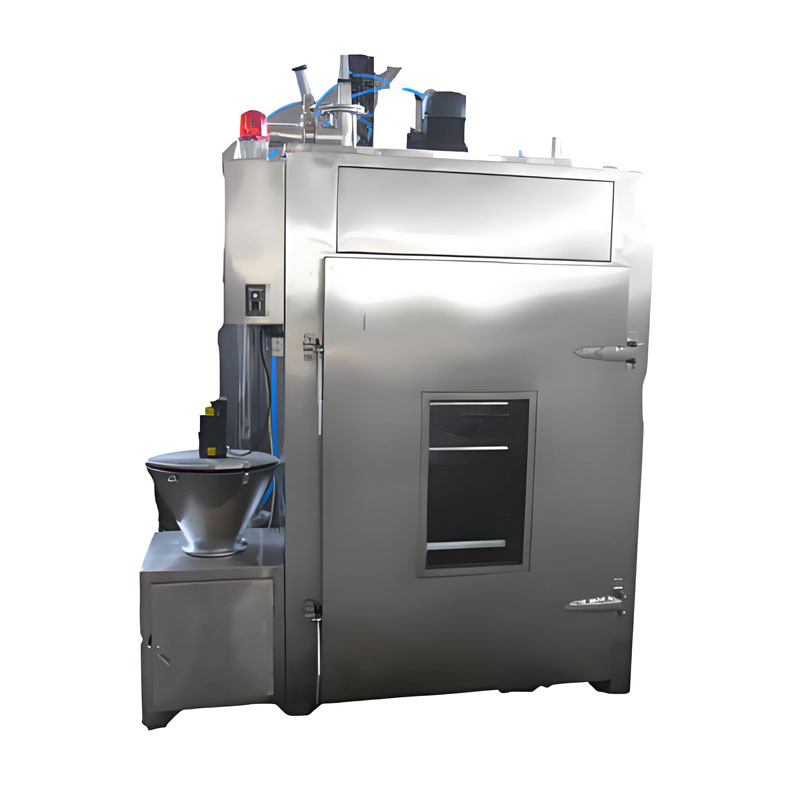
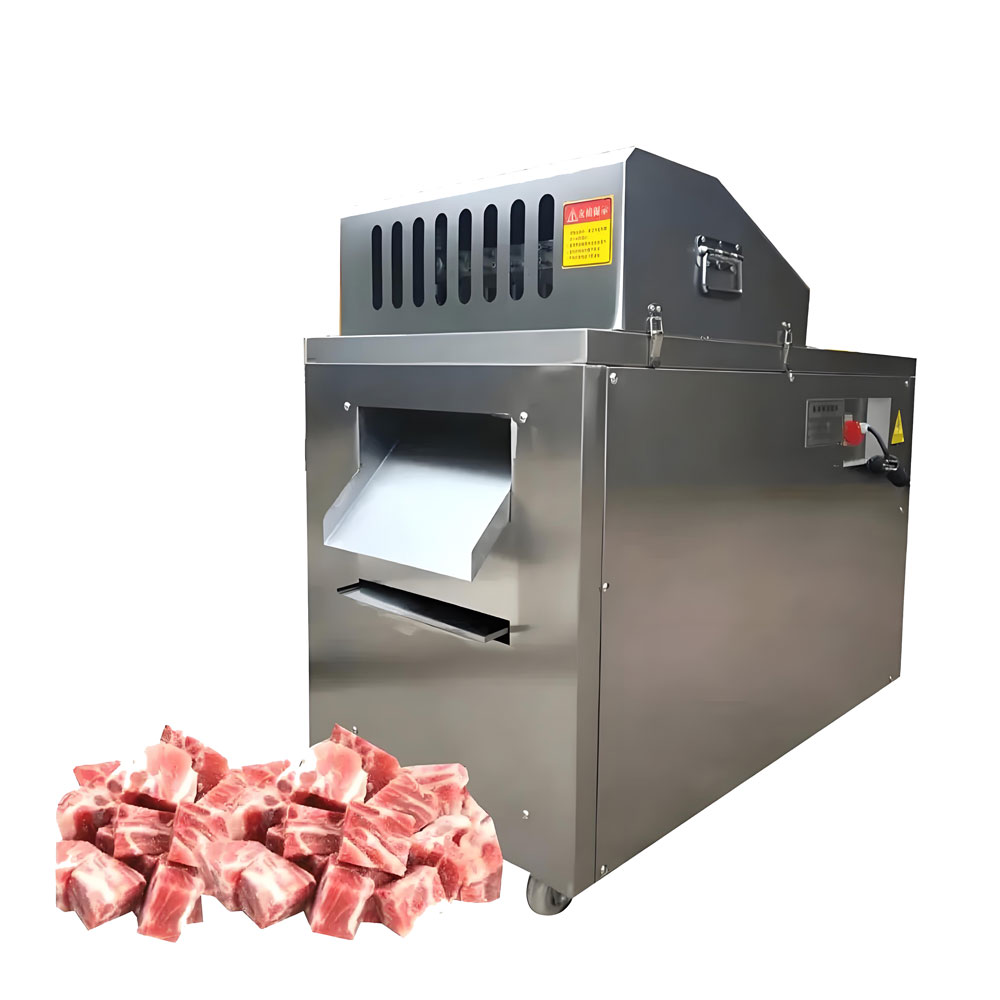
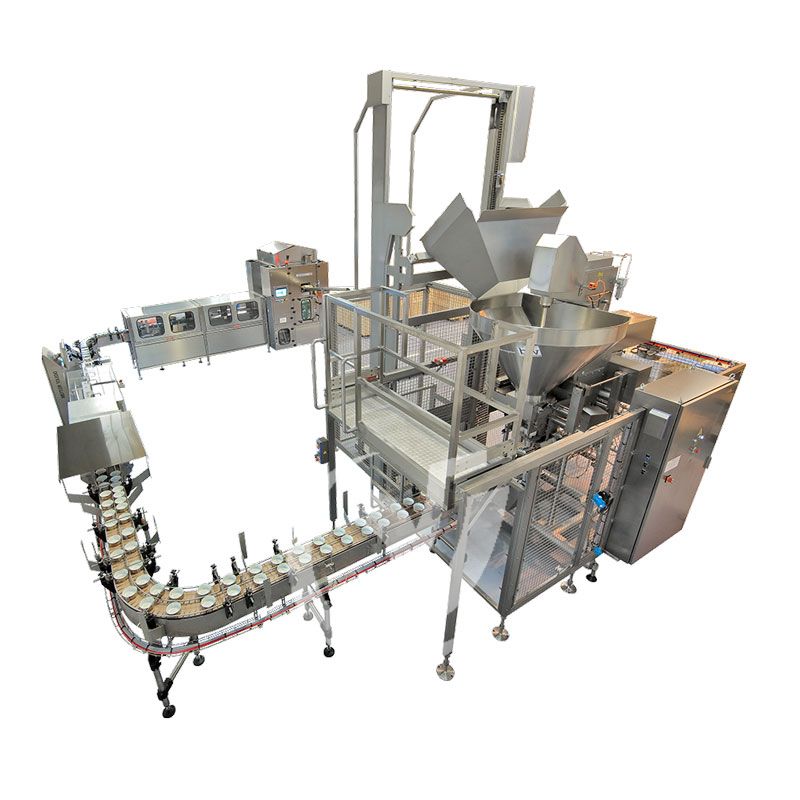

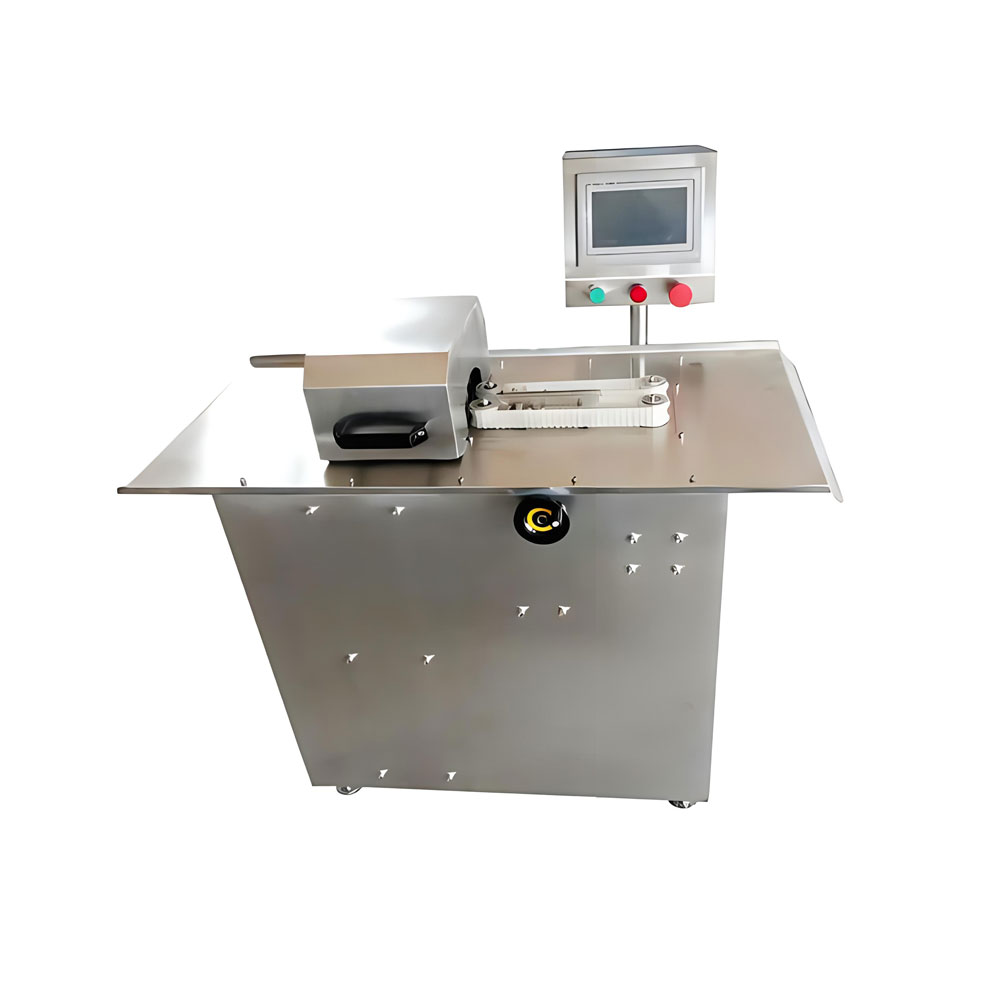
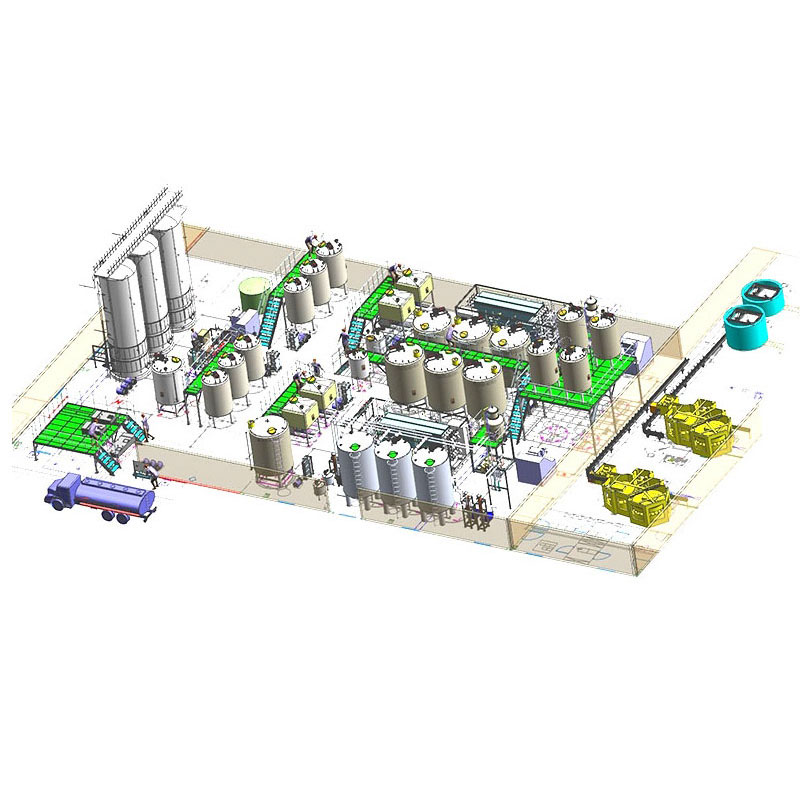
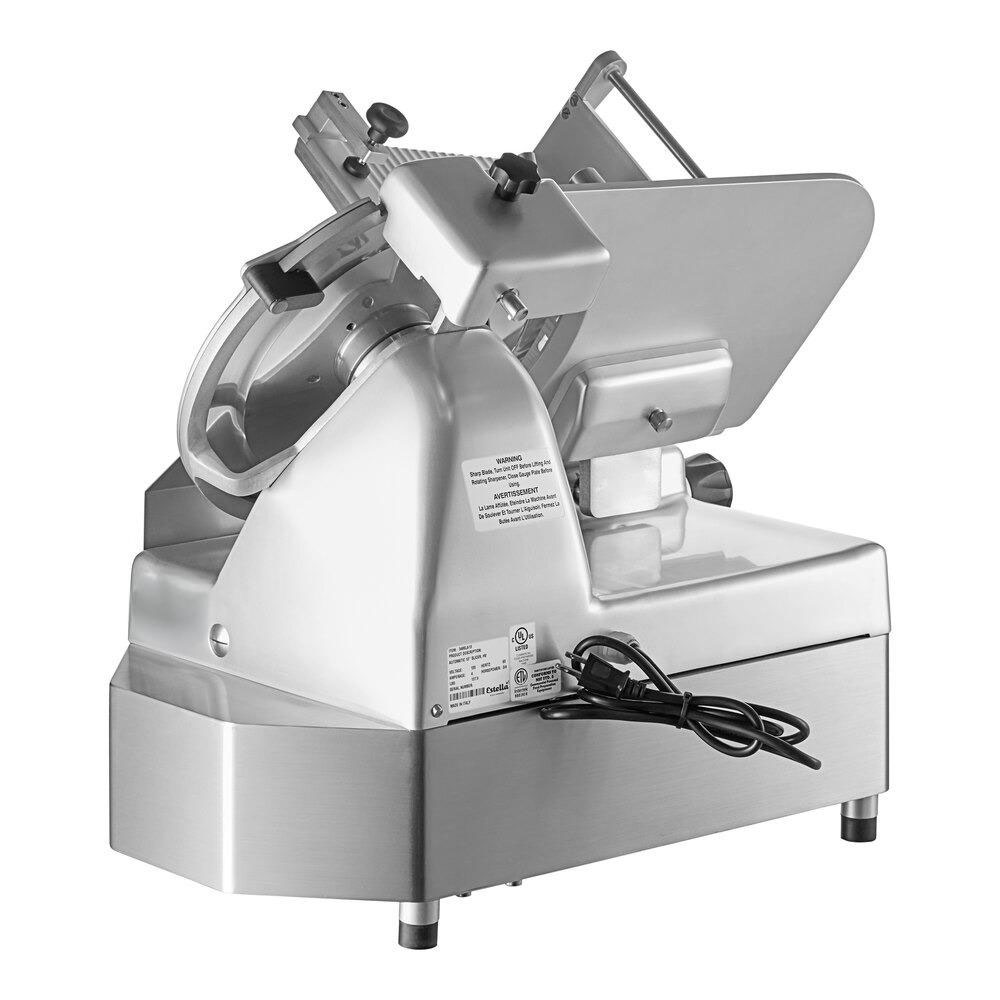
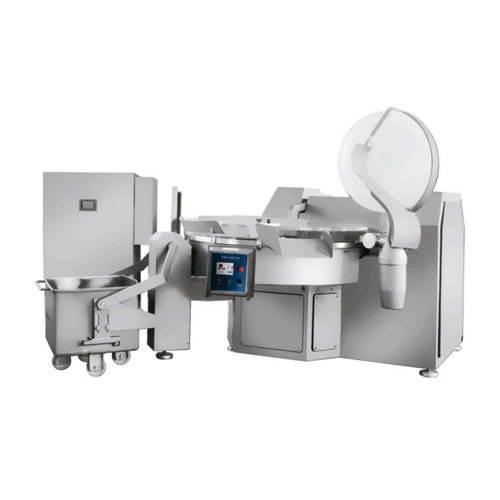
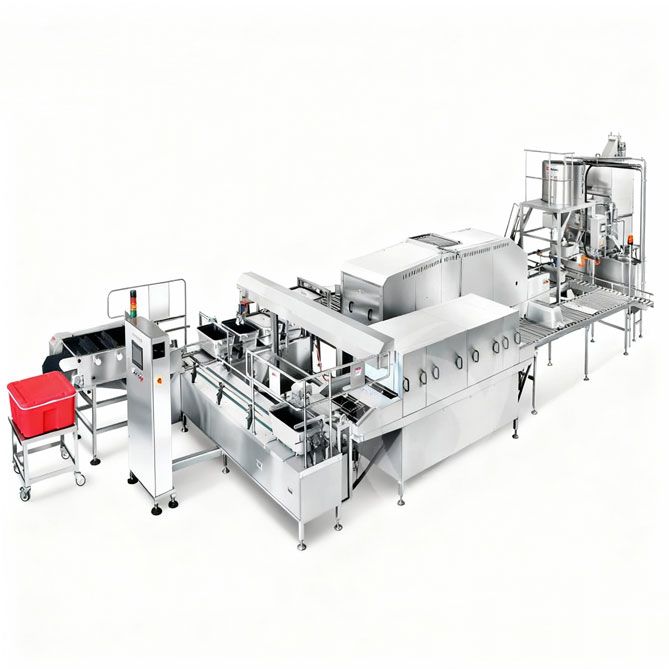
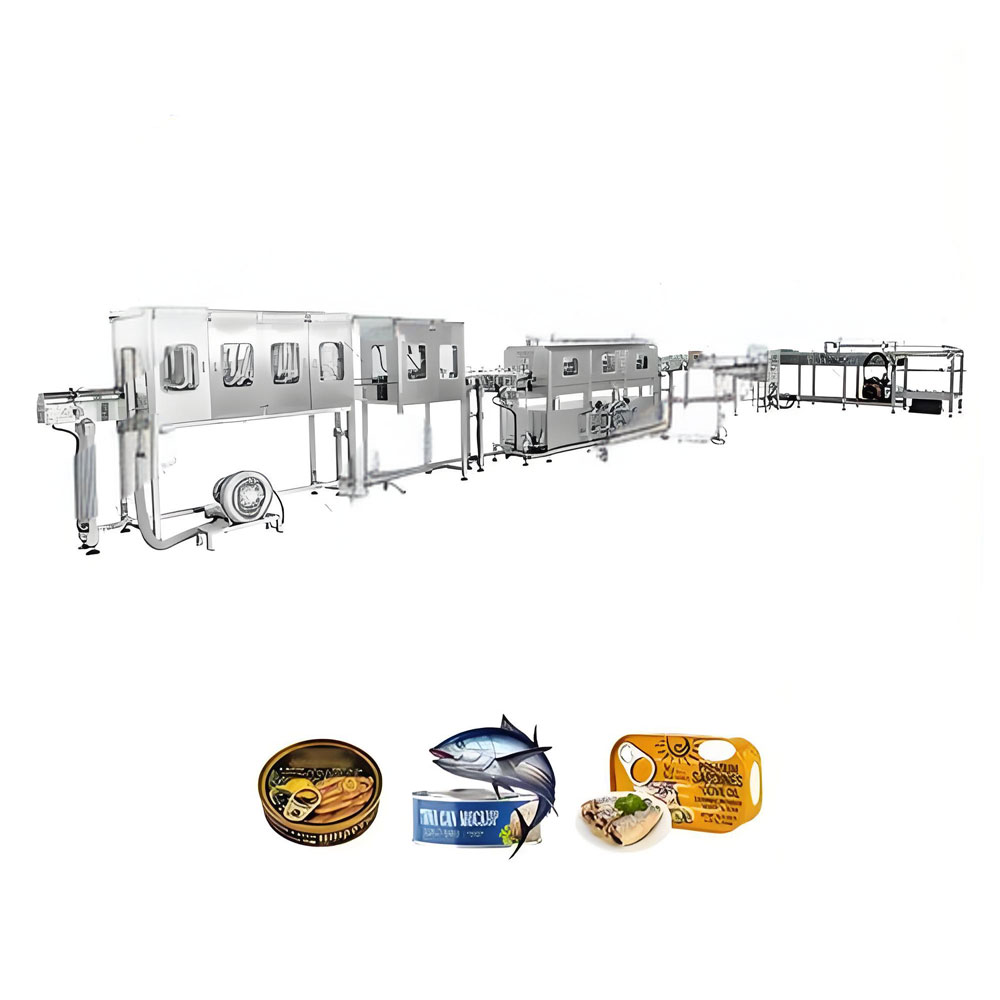 Sardine Canned Food Production Line
Sardine Canned Food Production Line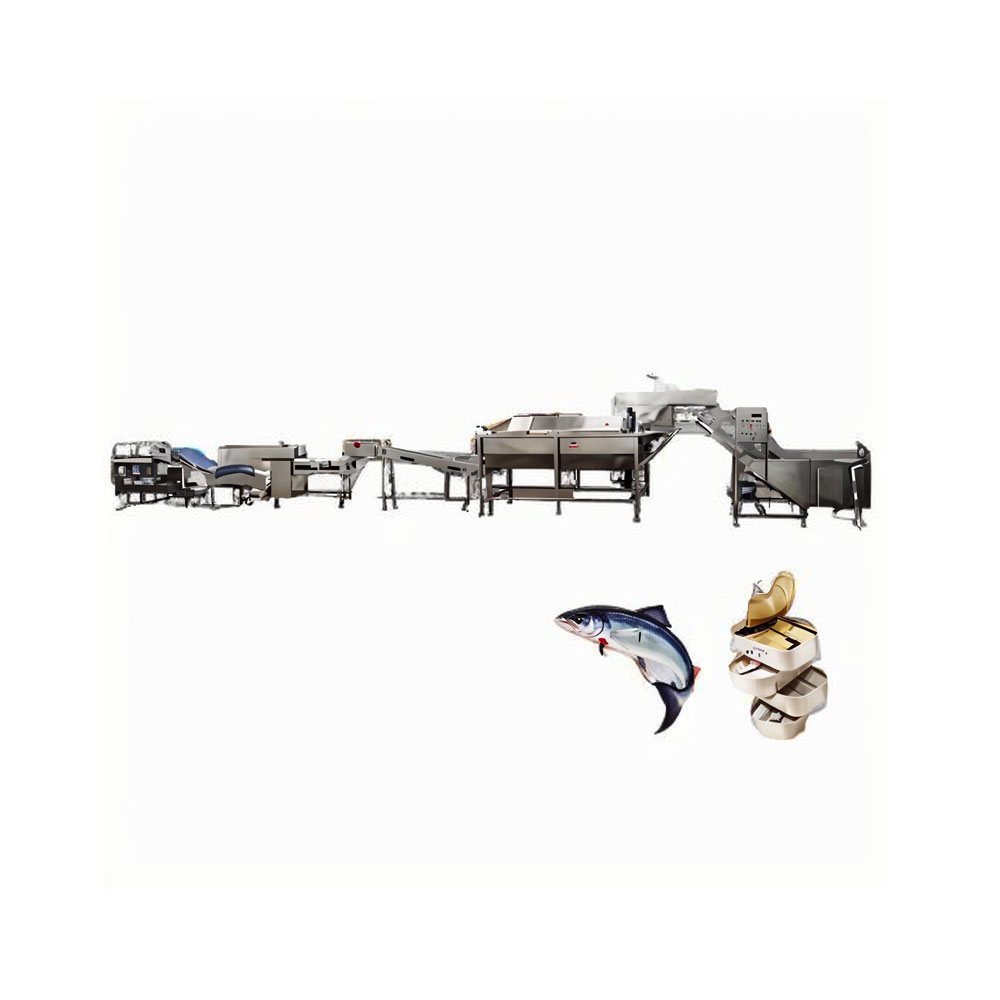 Automatic Sardine Canning Line Equipment
Automatic Sardine Canning Line Equipment
Ready to Get Started?